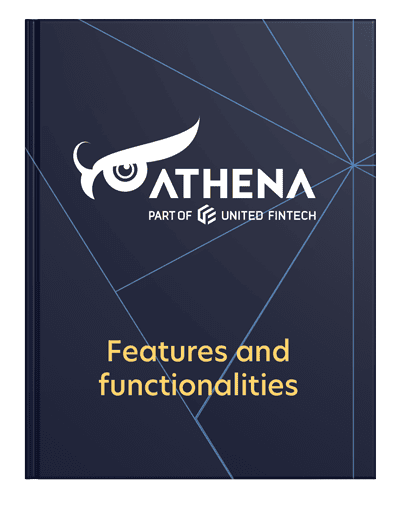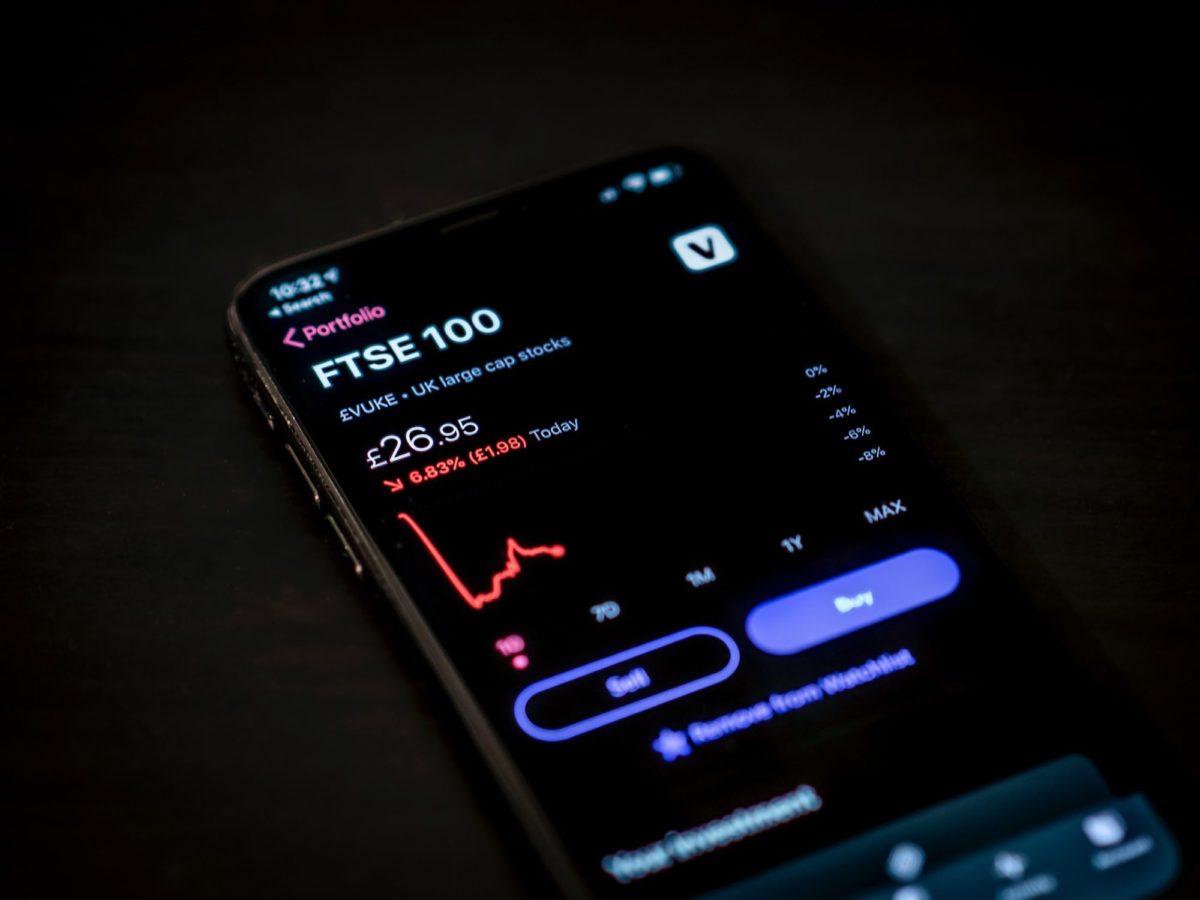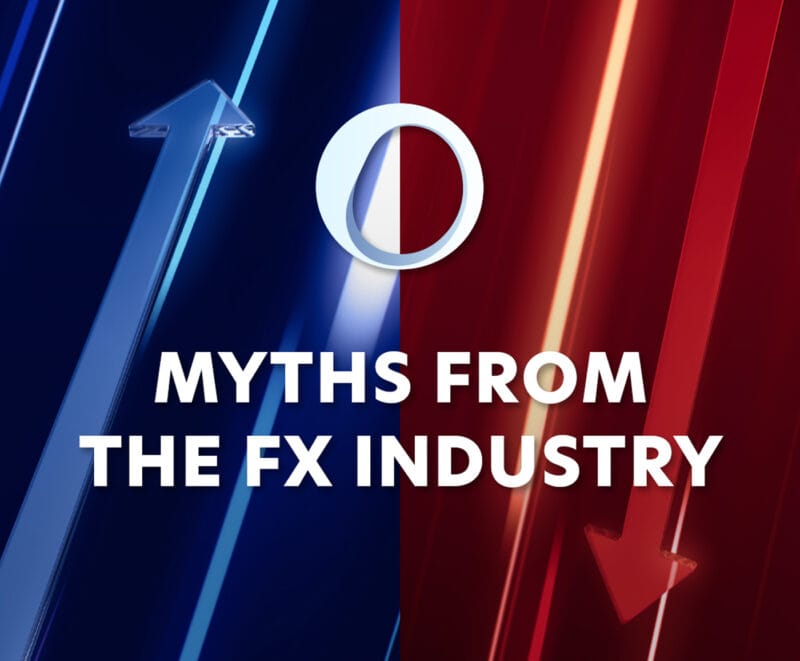Millennials have been accused of ruining everything from golf to marriage — but it turns out they’re not vindictive, they’re just poor.
In response to the systemic forces that created this situation, Millennials, together with Gen Zers, have transformed their saving, spending, and investing habits. And in a market where retail investors can lose up to a quarter of their gross returns in fees, it’s no wonder that people are looking for a more cost-effective way to enter the market.
Fueled by a conflagration of mobile technology, pandemic stimulus money, and the rise of social investing, neobrokers — digital tools that make investing and trading more accessible than ever — have seen a massive increase in new users in the last two years.
“We see huge demand to invest money in the capital markets instead of leaving it in bank accounts,” said Florian Prucker, co-CEO and co-founder of Scalable Capital, a German neobroker that raised more than $180 million in a Series E funding round in 2021. “This comes against a backdrop of record-low interest rates, growing inflation and a widening pension gap.”
As new technologies threaten to disrupt the most established elements of our financial systems, neobrokers are poised to do to trading what neobanks are doing to traditional banking.
What is a neobroker?
Essentially, neobrokers are digital financial services that make trading and investing more accessible to a broader consumer base.
Neobrokers may take the form of online brokers or platforms for trading or retail investment. Though they are fully independent, many neobrokers do partner with traditional banks to build efficiency, offer complementary services, and grow their customer base.
On the hunt for new technology? Here are 50 questions to help you choose the right fintech partner. Read all of them here.
One of the key differentiators for neobrokers is their fee structure. Individual retail investors have long been excluded from certain investment opportunities due to the high barriers to entry, steep upfront costs, and heavy transaction fees. Neobrokers slash those fees, in some cases eliminating them altogether
In general, neobrokers offer fewer services and trading venues for order execution than traditional brokerages. Still, the rapid rise in the number of neobrokers means it is possible for consumers to access many different investment classes, including crypto stocks, ETFs, and even gold and other commodities.
According to Speedinvest, a European fintech VC, neobrokers are already revolutionizing the individual investment experience by offering more democratic trading opportunities: “By digitising and tokenising traditional asset classes — think stocks, bonds, gold, currencies, ETF’s — and eventually, conventionally illiquid ones — such as real estate or private equity — a neobroker is able to offer fractional ownership to the mass market.”
Neobrokers and gamification
While stock trading online may no longer seem particularly novel, neobrokers are disrupting the industry simply by introducing a whole new wave of investors. Through mass marketing, bold offers, and simplified user experience, they’re already being used by over 55 million people, with that number expected to continue to grow.
Many of these users are younger, less experienced, and more willing to take risks than more established investors, and for that reason neobanks are catering their offerings and their messaging to them. Some neobanks have experimented with making their apps look and feel more like mobile games to make new investors feel more confident.
Should banks view fintechs as a cause for rivalry or collaboration? Read why we think both can thrive in the world of finance if they join forces.
Bux, a mobile brokerage company, recently ran a referral campaign to drive new user signups in Germany. To its existing users, it offered a share from a random (and secret) company worth up to €200 for every successful referral, though the average cost of the free share was apparently closer to €7.50.
Still, this step toward gamification — some critics would call it gambling — has enticed a huge number of people, with the campaign generating “thousands of comments by users begging to be referred.”
No neobroker is an island
While neobrokers themselves may stand apart from traditional financial institutions, they are still very much part of the broader ecosystem — often as objects of investment themselves. In 2021, there were a series of huge funding rounds including Bitpanda ($170 million), Scalable Capital ($180 million), and Public.com ($220 million).
But beyond VC investing, banks and other financial services companies have a lot to gain from partnering with neobrokers. And there are a lot of services neobrokers will likely need to outsource as they grow: security, regulation and compliance, execution brokers, FX providers, payments specialists, and technology and data providers, just to name a few.
Neobrokers have proven that they can attract new users. Their entry-level offerings are enticing, easy to use, and — most importantly — fundamental to starting new investors on their financial journey. The question is: where will these new investors turn next?
About United Fintech
United Fintech offers the best fintech products on one central platform. We enable banks and financial institutions to access innovative digital technologies — including real-time data, trading charts, and financial news — by partnering with engineering-led fintech companies with proven capital markets products.
Learn more at https://unitedfintech.com/














